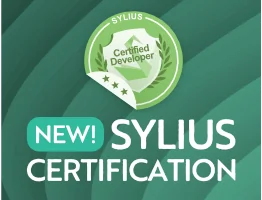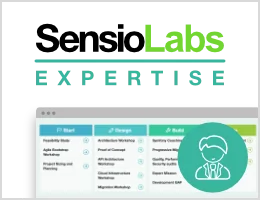Symfony: The Fast Track
- Acknowledgments
- What is it about?
- Checking your Work Environment
- Introducing the Project
- Going from Zero to Production
- Adopting a Methodology
- Troubleshooting Problems
- Creating a Controller
- Setting up a Database
- Describing the Data Structure
- Setting up an Admin Backend
- Building the User Interface
- Branching the Code
- Listening to Events
- Managing the Lifecycle of Doctrine Objects
- Accepting Feedback with Forms
- Securing the Admin Backend
- Preventing Spam with an API
- Testing
- Going Async
- Making Decisions with a Workflow
- Emailing Admins
- Caching for Performance
- Styling the User Interface with Webpack
- Resizing Images
- Running Crons
- Notifying by all Means
- Exposing an API with API Platform
- Building an SPA
- Localizing an Application
- Managing Performance
- Discovering Symfony Internals
- Using Redis to Store Sessions
- Using RabbitMQ as a Message Broker
- What's Next?
This work, including the code samples, is licensed under a
Creative Commons BY-NC-SA 4.0
license.

